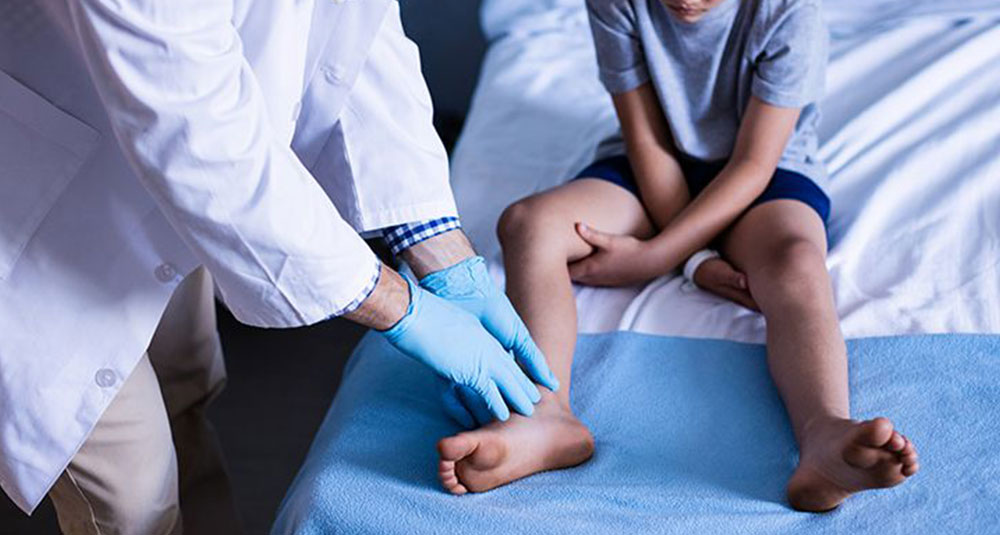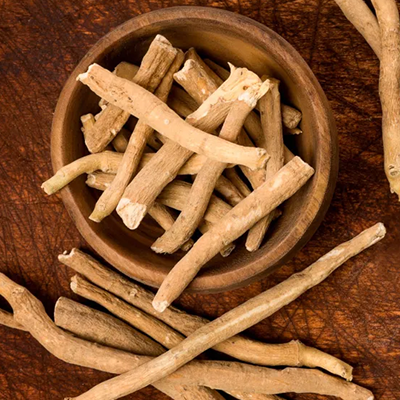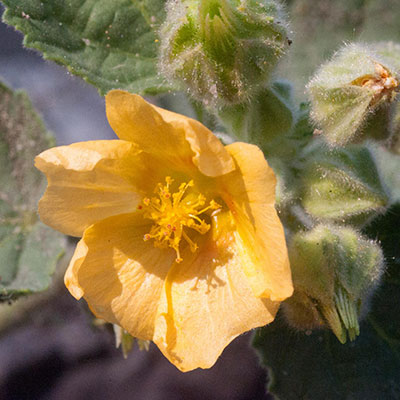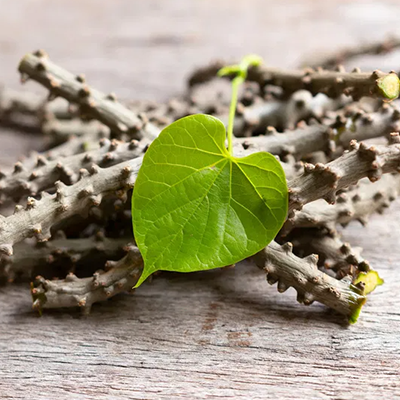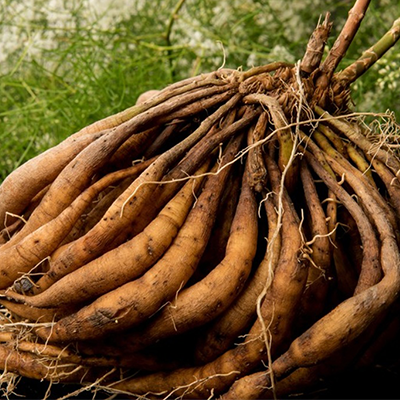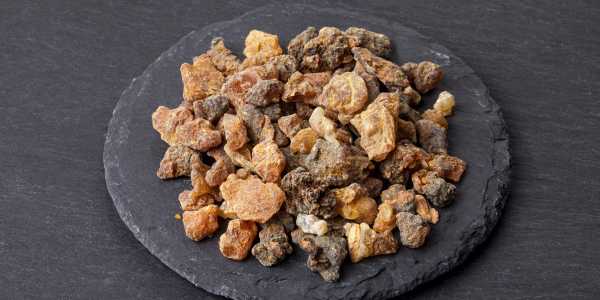Muscular dystrophy is a group of genetic disorders characterized by progressive weakness and degeneration of skeletal muscles. It occurs due to mutations in genes responsible for the structure and function of muscle proteins, leading to muscle fibre damage over time.
Types of Muscular Dystrophy
There are more than 30 types of muscular dystrophy, but the most common include:
1. Duchenne Muscular Dystrophy
- Most common and severe type.
- Onset: Early childhood (2-6 years).
- Symptoms: Rapid progression, loss of mobility, respiratory and cardiac issues.
2. Becker Muscular Dystrophy
- Milder than
- Onset: Adolescence or early adulthood.
- Symptoms: Slower progression, affecting the hips, thighs, and pelvis.
3. Myotonic Dystrophy
- Affects both muscles and other body systems like the heart and eyes.
- Onset: Adolescence or adulthood.
- Symptoms: Muscle stiffness, weakness, and difficulty relaxing muscles after use.
4. Facio-scapulo-humeral Dystrophy
- Affects facial, shoulder, and upper arm muscles.
- Onset: Adolescence or early adulthood.
- Symptoms: Difficulty lifting arms and closing eyes.
5. Limb-Girdle Muscular Dystrophy
- Affects the shoulder and pelvic girdles.
- Onset: Childhood to adulthood.
- Symptoms: Weakness in upper arms and thighs.
6. Congenital Muscular Dystrophy
- Present at birth or early infancy.
- Symptoms: Muscle weakness, joint deformities, and delayed milestones.
7. Emery-Dreifuss Muscular Dystrophy
- Affects skeletal and cardiac muscles.
- Onset: Childhood to adolescence.
- Symptoms: Joint contractures, muscle weakness, and cardiac issues.
Causes of Muscular Dystrophy
Muscular dystrophy is primarily caused by genetic mutations that disrupt the production of proteins essential for muscle health.
1. Genetic Mutations
- Mutations in the dystrophin gene cause Duchenne and Becker muscular dystrophy.
- Other genes affected depend on the specific type of Muscular Dystrophy.
2. Inheritance Patterns
- X-linked recessive: Duchenne and Becker Muscular Dystrophy (more common in males).
- Autosomal recessive or dominant: Limb-Girdle and other types.
Symptoms of Muscular Dystrophy
Symptoms vary depending on the type, but common signs include:
1. Muscle Weakness
- Progressive weakness starting in specific muscle groups (e.g., legs, arms, face).
2. Motor Delays
- Difficulty walking, running, or climbing stairs.
- Frequent falls or waddling gait.
3. Muscle Wasting and Contractures
- Muscle atrophy and joint deformities over time.
4. Cardiorespiratory Issues
- Breathing difficulties and heart problems in advanced stages.
5. Other Symptoms
- Difficulty swallowing.
- Fatigue and scoliosis (curved spine).
Diagnosis of Muscular Dystrophy
Clinical Examination
- Assessment of muscle strength, reflexes, and movement patterns.
Genetic Testing
- Identifies specific gene mutations associated with MD.
Muscle Biopsy
- Examines muscle tissue for abnormalities like fibrosis and fat infiltration.
Creatine Kinase (CK) Levels
- Elevated CK levels in the blood indicate muscle damage.
Electromyography (EMG)
- Evaluates electrical activity in muscles to detect abnormalities.
Imaging Studies
- MRI or ultrasound to assess muscle degeneration and fat infiltration.
Ayurvedic Perspective on Muscular Dystrophy
In Ayurveda, muscular dystrophy can be correlated with Mamsa Dhatukshaya (degeneration of muscle tissue) or a Vata Vyadhi (neurological or musculoskeletal disorders caused by Vata Dosha imbalance).
Aggravated Vata causes depletion of Mamsa Dhatu (muscle tissue), disrupting the nourishment of subsequent tissues (Medas, Asthi, and Majja).
Ayurvedic Treatment for Muscular Dystrophy
Panchakarma Therapies (Detoxification and Rejuvenation)
1. Abhyanga (Oil Massage)
Warm, medicated oils like Mahanarayan Taila or Bala Ashwagandha Taila to improve circulation, strengthen muscles, and calm Vata.
2. Swedana (Herbal Steam Therapy)
Relieves stiffness and enhances the absorption of medicated oils.
3. Basti (Medicated Enemas)
Nutritive Basti with oils like Dashamoola Taila or Ksheerabala Taila to nourish muscles and balance Vata.
Detoxifying Basti removes Ama and strengthens digestion.
4. Shirodhara
Pouring medicated oil on the forehead to calm the nervous system and improve coordination.
Herbal Remedies
1. Ashwagandha (Withania somnifera)
A potent adaptogen and muscle-strengthening herb.
2. Bala (Sida cordifolia)
Strengthens muscles and improves stamina.
3. Guduchi (Tinospora cordifolia)
Boosts immunity and reduces inflammation.
4. Shatavari (Asparagus racemosus)
Promotes tissue regeneration and balances Vata and Pitta.
5. Guggulu (Commiphora mukul)
Reduces inflammation and supports joint and muscle health.
Diet and Nutrition (Ahara)
- Vata-pacifying diet:
- Warm, cooked, and easily digestible foods like soups, stews, and ghee.
- Include nuts, seeds, dairy, and protein-rich foods to nourish muscles.
Avoid: Cold, dry, and processed foods that aggravate Vata.
Lifestyle Modifications (Dinacharya)
Daily Routine
- Regular sleep and wake times to support tissue repair.
- Gentle exercises like yoga to maintain mobility


